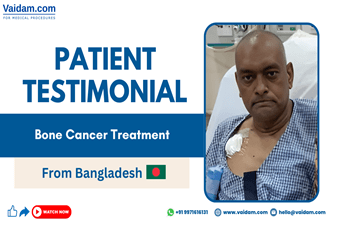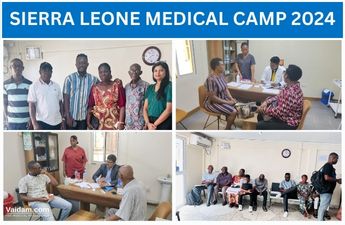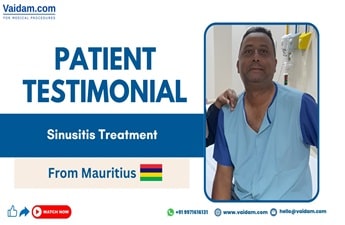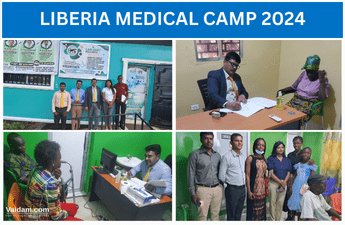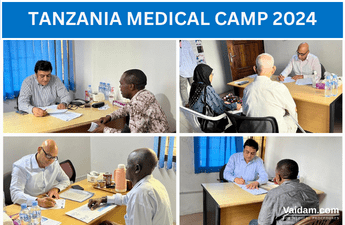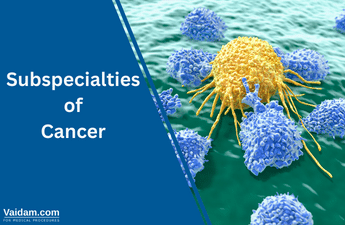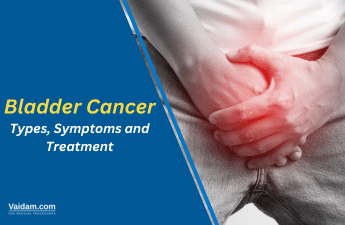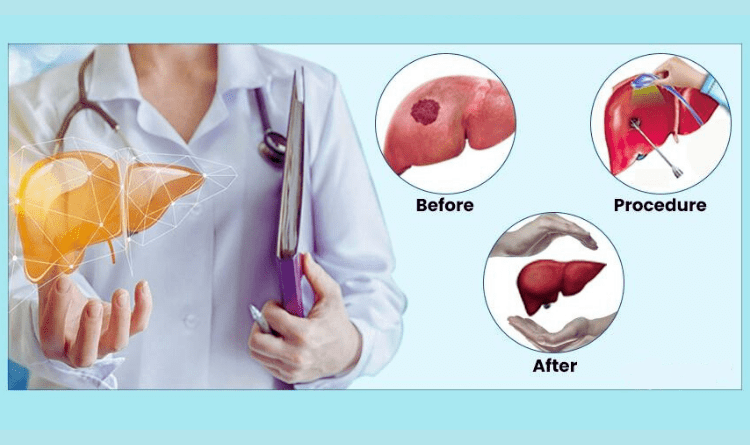
Often diagnosed at an advanced/last stage, liver cancer presents a challenge for patients and healthcare providers. Liver malignancies, including Cholangiocarcinoma and Hepatocellular Carcinoma (HCC), are among the top five most common cancers worldwide and frequently cause cancer-related mortality. Traditional treatment methods, such as surgery and chemotherapy, can be highly invasive and have significant side effects.
In oncology, advancements are not merely about extending life but enhancing its quality. For those battling liver cancer, Transarterial Radioembolization (TARE) is a revolutionary treatment offering targeted therapy with fewer side effects and a quicker recovery.
The procedure is easily accessible in countries known for their excellence in medical care, such as India, Germany, Thailand, Turkey, etc. The state-of-the-art hospitals, with their renowned medical teams, make these countries one of the top destinations for getting TARE therapy. The globalization of healthcare offers the promise of accessible, high-quality TARE treatment options for those seeking them.
TARE procedure costs in India start from USD 32,000, while it costs USD 14,000 to USD 18,000 in Germany.
Get in Touch with Medical Experts
What is Liver Cancer?
Liver cancer is a life-threatening disease and one of the fastest-growing cancer types. There are two kinds of liver cancer:
-
Primary liver cancer, a malignant tumor, starts developing in the liver. It is of the following different types:
- HCC or Hepatoma - The most common type of primary liver cancer that initiates in the main cell type in the liver (hepatocytes).
- Angiosarcoma - Begins in the blood vessels and is more likely to occur in people over 70.
- Cholangiocarcinoma, or bile duct cancer - Forms in the cells lining the bile ducts
-
Secondary liver cancer initiates in another part of the body but spreads to the liver. It is named after the primary site where it starts.
What are the Symptoms of Liver Cancer?
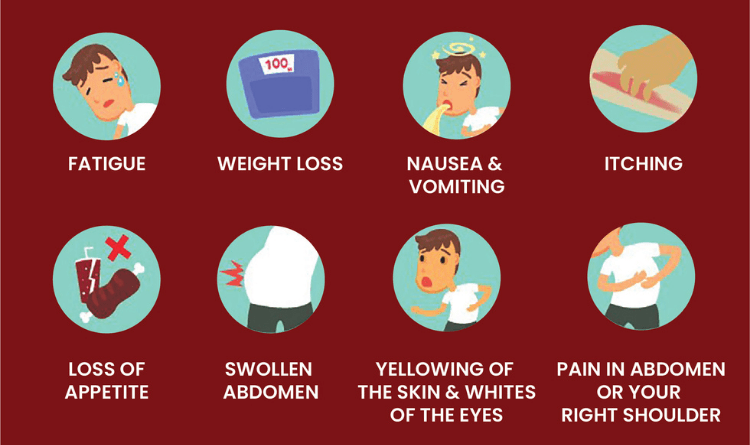
The symptoms of liver cancer are more likely to appear as the cancer advances.
Symptoms may include the following:
- Pain in the abdomen
- Weakness and tiredness
- Fluid build-up resulting in swelling of the abdomen
- Pain in the right shoulder
- Loss of appetite and feeling sick
- Weight loss
- Yellowing of the skin and eyes (jaundice)
- Pale bowel motions
- Fever
What Types of Treatments are Available for Liver Cancer?
Tumor ablation and chemotherapy delivered directly into the cancer are the most common treatments available for primary liver cancer. For secondary liver cancer, chemotherapy or a combination of surgery and chemotherapy are commonly used.
In most cases, HCC is often diagnosed late in the intermediate-advanced stage (stages B and C). Because of this often-late diagnosis, radical therapy doesn't offer much success. While a few curative and/ or palliative (it means that it does not provide a cure) therapies might help, they are not often characterized by a favorable safety or efficacy ratio.
Hence, for the intermediate to advanced stages of HCC, internal radionuclide therapy is emerging as an excellent therapeutic option. According to several studies, TARE has led to extremely promising results, demonstrating a good tolerability profile and disease control.
What is Transarterial Radioembolization (TARE)?
TARE is a palliative treatment that helps slow down the progression of cancer cells and also helps reduce symptoms of the cancer. It is frequently used for patients who are unable to undergo other treatment options, such as liver surgery or liver transplantation.
TARE, known as radioembolization, combines radiation therapy and embolization. Embolization is a minimally invasive treatment where blood flow to the cancerous cells is blocked off by blocking the blood vessels.
How is TARE Performed?
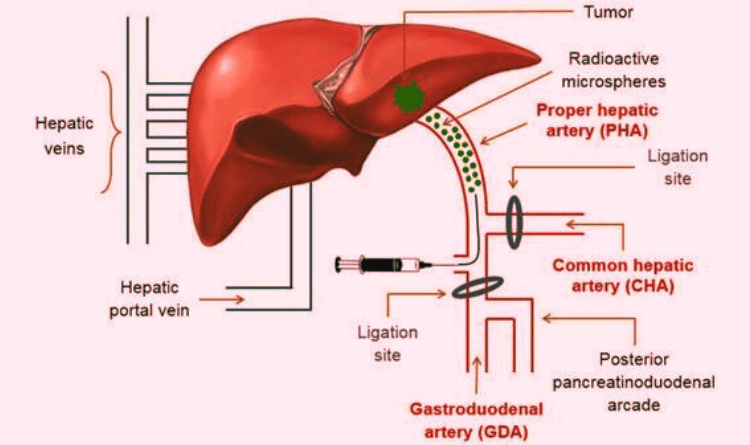
TARE is performed in the following steps:
- The patient visits the Interventional Radiologist a few days before the procedure date.
- The team of doctors, including Medical Oncologists, Radiation Oncologists and Surgeons, and Interventional Radiologists, study the Triple Phase CT Scan of the patient to ascertain the feasibility of performing the procedure.
- The patient gets admitted for a day or to the daycare for a hepatic angiography.
- Hepatic angiography involves the insertion of an angiographic catheter through a puncture in the groin to help visualize the arterial anatomy of the patient's liver.
- Some blood vessels may need to be coiled to ensure that:
- The radioactive particles are delivered specifically to the tumor site.
- The radioactive particles do not run off into other organs due to errant vessels.
- While performing the angiography, the Interventional Radiologist injects a radioactive Tc99m MAA.
- Tc99m MAA helps simulate the exact distribution of the TARE particles in the liver before it is injected.
- The patient is discharged from the hospital.
- The team of doctors study the patient's images to:
- Plan the actual procedure.
- Calculate the dosage that needs to be delivered (it takes about a week to order the dose).
- The patient is admitted to the hospital again when the dose is ordered and received.
- An angiography catheter is once again inserted in the liver artery.
- Now, tiny beads of glass or resin known as microspheres are administered inside the blood vessels.
- These microspheres are loaded with a radioactive compound, Yttrium90 or Lipiodol, labeled with iodine131 or rhenium188.
- These microspheres block off the blood supply to the cancer cells and kill them slowly.
- After the procedure, the patient spends 2-3 days in the hospital.
- The patient needs to be kept in isolation to protect the attendants, caregivers, and the general population from unnecessary radiation exposure.
What Happens After TARE Therapy?
After undergoing TARE, patients can expect a post-treatment period that involves monitoring, recovery, and follow-up care.
Here is an overview of what happens after TARE therapy:
- Immediate post-treatment monitoring: The vital signs of the patient are regularly checked, and the medical team addresses any post-treatment symptoms or discomfort.
- Hospital stay and discharge: The length of hospital stay depends on individual factors, such as the health of the patient and the extent of the procedure.
- Recovery and symptom management: The medical team guides the patient on the management of post-treatment symptoms and offers support to ensure a smoother recovery.
- Follow-up imaging and assessment: After a few weeks to a couple of months, MRIs or CT scans are conducted to evaluate the response to TARE therapy. These scans help assess the treatment's effectiveness, tumor response, and any potential changes in the liver.
- Post-treatment care plan: The medical team develops a personalized care plan based on the post-treatment assessment. This may involve additional treatments, such as targeted therapies, radiation therapy, or further TARE sessions if necessary.
- Ongoing monitoring and surveillance: Long-term monitoring and surveillance are crucial to monitor the patient's response to treatment, detect any recurrence or new lesions, and manage potential side effects.
What are the Side Effects of TARE?
Although TARE is typically well-tolerated and is generally considered a safe and effective treatment, like any medical procedure, potential complications and risks are involved.
Some patients may experience the following side effects:
- Transient pain in the upper abdomen
- Worsening of the liver function (in patients with extensive liver involvement)
- Liver damage or hepatotoxicity (in some extremely rare cases)
- Radiation-induced ulcers or gastritis
- Biliary complications such as jaundice, cholangitis, or bile leakage
- Vascular or embolization-related complications
- Formation of blood clots
- Post-embolization syndrome causes flu-like symptoms, fatigue, abdominal pain, or fever.
However, complications because of TARE are extremely rare, with the incidence of serious complications being less than 1%.
How is TARE different from TACE?
Although both are embolization techniques, one should not recognize them as the same procedures. The radioembolization technique differs from chemoembolization in that the microspheres are saturated not with drugs but with radioactive substances.
The major differences between TARE and TACE are mentioned below:
| TARE | TACE (Transarterial Chemoembolization) |
| Can be used even in cases where there is a large tumor in the liver or even when there are multiple tumors in the liver. | Only effective in small liver tumors or in cases where there are only one or two secondaries in the liver, |
| Post-procedure side effects of TARE may be slightly less severe than TACE | Post-procedure side effects of TACE may be slightly more severe than TARE |
| More expensive than TACE | Less expensive than TARE |
Final Words
TARE represents a revolutionary approach that combines precision and efficacy, minimizing the impact of cancer treatment on patients' lives. It has emerged as a unique treatment option for liver cancer patients seeking improved quality of life and prolonged survival.
Nonetheless, it is important to remember that the choice and destination of treatment should always be made in consultation with healthcare professionals. Each patient's journey is unique, and factors such as the stage of cancer and the overall health of the patient must be carefully considered.



